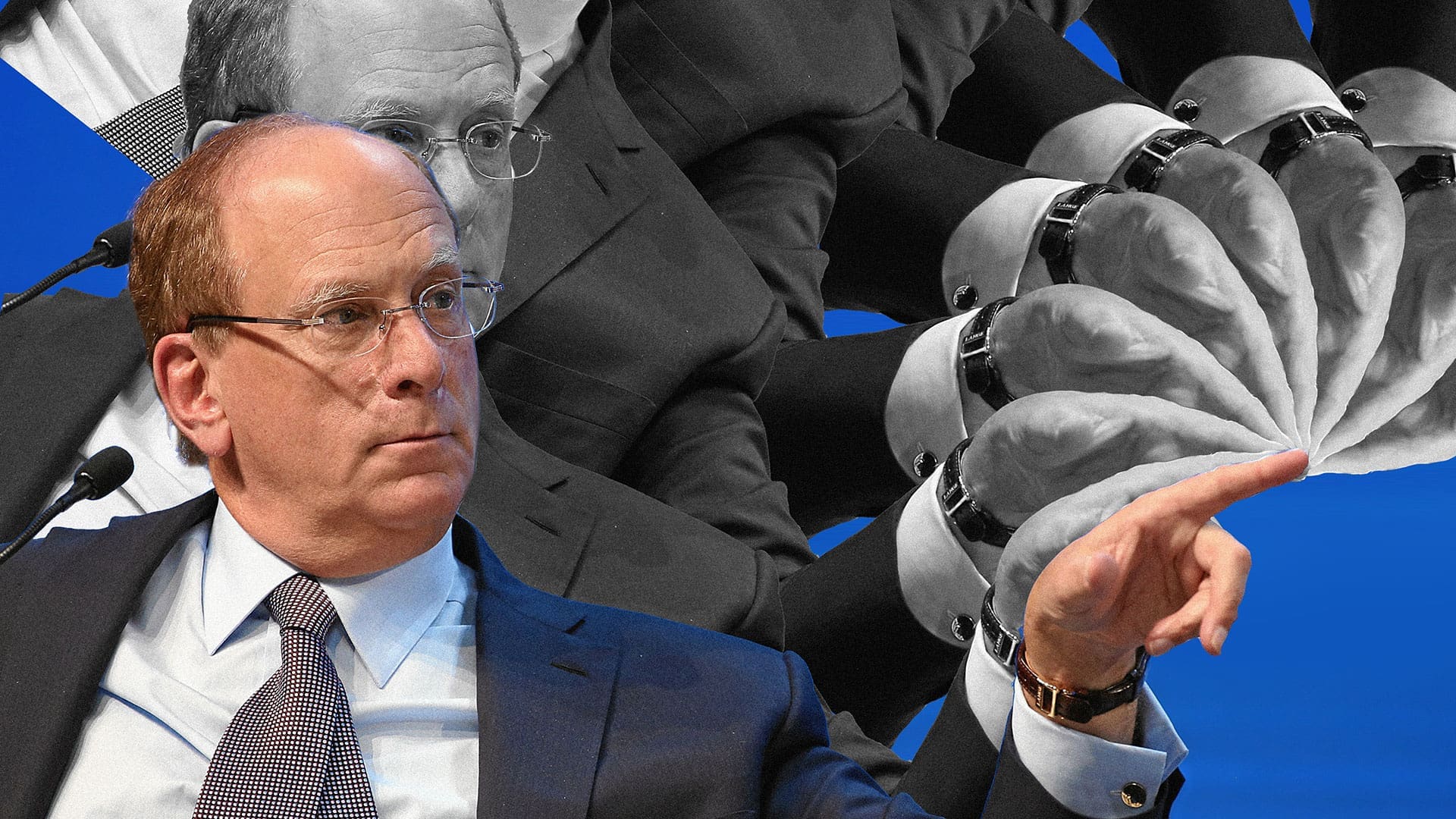BlackRock: Solar Heroes or Zeroes?
Oh, it got ugly! American uber investor BlackRock dumped SolarZero, a clean, green, Kiwi energy company just before Christmas leaving staff without holiday pay and subbies out of pocket – some to the tune of tens of thousands of dollars.
Why does this keep happening over and over again? Can we never learn?
No Risk, No Reward
Let’s be clear here, startups are risky and tech ones especially so as 90% of them fail at some stage – although that can be several years down the track. But before you say, ‘they’re just not worth the trouble’ remember that Uber and even Apple were risky tech startups once, just like SolarZero. If it was always obvious which startups would succeed then we wouldn’t need investment companies as banks would do it all.
So what was SolarZero?
On paper SolarZero was a great idea; a virtual power plant using a free energy resource – the sun – which didn’t spew filthy carbon smoke into the air or mess up the habitats of our long-suffering freshwater fish. Plus, you didn’t even need to buy any expensive solar panels and batteries yourself as SolarZero would come in and install their own ones for you to use. As a customer all you had to do was pay a set fee per month for ‘energy as a service’.
Blue Sky Thinking
Sound familiar? It is if you squint your eyes and remember a few years back when SkyTV installed satellite dishes all over the country in return for a long-term contract. In this way, we the consumers were able to instantly enjoy Sky’s product without having to fork out a hefty whack of dosh to install the hardware ourselves.
It is the same! So how come an identical model didn’t work this time?
The big difference is that Sky were dangling a sexy product in front of us: movies, live sport and as much crap American TV as we could eat – which we didn’t really have before the advent of the internet and social media. All we had in those grim pre-Sky days was Sport on One and a few old movies heavily punctuated by ad breaks and sometimes even cut to ribbons by the censors.
Instead, Sky was offering us a massive smorgasbord of entertainment choice we’d never had before – and that motivated us to sign up in our droves. And sign up we certainly did, at its peak Sky had 1.3 million subscribers (around two thirds of all households!) all around the country.
A Fatal Flaw
In contrast, SolarZero was merely offering us electricity – just the same as all the other energy companies do – which, like fresh water and rubbish collection, we complacently take for granted in our First World bubble. Sure, SolarZero could also deliver net-zero emissions which may be all very woke and good for the health of our planet – but it wasn’t anywhere near as motivating as being able to watch the Stormers play the Blues or finally see Mad Max in its entirety on the gogglebox. Thus, SolarZero could only muster up 15,000 subscribers. Nowhere near enough to recoup the massive outlays in hardware and installation costs the company had invested in.
As it was, the BlackRock-owned investment vehicle GRP3 and the Government’s Green Investment Fund had already put over $400 million into SolarZero between them. But a lot of that money had been earmarked for the nuts and bolts home installation side of the business. Yet SolarZero still needed even more cash to service their current clients – and to generate new leads.
Why did it end – and so abruptly?
It’s difficult to say exactly what happened next as no one is talking, there’s been nothing from BlackRock, nothing from former CEO Matt Ward, nothing even from the Government aside from the Finance Minister asking after the $115 million in taxpayer-funds loaned to the company. Former company director Eric Pyle, who has been in communication with Matt Ward, said the CEO was as shocked by the sudden liquidation as his staff were.
This would suggest the decision didn’t come from SolarZero’s management team at all; someone somewhere in BlackRock got cold feet – and abruptly pulled the plug on their investment. They’d been looking for scalability from this model, and it just wasn’t happening – so they just decided to cut their losses and run. Which is harsh on the staff who got no pay, or even notice, and on the installation subbies who were left out of pocket. And just before Christmas too. Nice.
But why were BlackRock involved?
In case you haven’t heard of them, BlackRock are the world’s largest asset management firm holding US$11.5 trillion in assets. Yes, trillion.
Not only that, but BlackRock also often hold a controlling stake in many major American companies which means they get to ‘guide’ the direction these companies head in. This, along with their vast and varied involvement in every sector you can imagine, has made them a hated target for both the Left and Right – and the glittering star of a multitude of conspiracy theories.
Though the New Zealand clean energy market is a long way from Wall Street and U.S. supermarket food aisles, let’s face it, BlackRock is everywhere. From Egypt to Ecuador and from India to Ireland they are involved in everything from sovereign wealth partnerships to digital infrastructure – although they have been leaning heavily into sustainability and renewable energy lately. This made clean, green New Zealand appear more attractive to Chief Executive and co-founder Larry Fink, who is known to be eager to confront global warming with his investments, even going so far as to say, ‘Climate risk is investment risk.’
BlackRock climbed into SolarZero because they want to push green tech worldwide and they thought this subscription model could really work. But, as Mr Pyle pointed out, perhaps SolarZero had been funded under the wrong philosophy. It had been packaged up as an infrastructure fund, which is inherently conservative, rather than as a looser venture capital fund, which can have longer lead ins on returns.
This is borne out by SolarZero’s prices being pushed up right in the middle of a marketing drive – thus killing off any new sales. The investors were obviously demanding quicker returns rather than tightening the belt ready to buy market share.
So, is this the end for BlackRock here?
Despite getting burned with SolarZero, there’s no reason why this should be the death knell for BlackRock here in New Zealand – as every investor has their share of busts, it comes with the territory. Besides, SolarZero isn’t BlackRock’s only Kiwi-based investment as they partnered with the Government in 2023 to launch a NZ$2 billion climate infrastructure fund. This is focused on a range of renewable energy projects, including wind and solar generation, battery storage, and green hydrogen – all with a goal of helping New Zealand achieve 100% renewable electricity by the end of the decade.
Then there’s the small matter of BlackRock’s involvement in KiwiSaver as they’ve partnered with AMP to help with risk management, reporting services, and offer access to their global risk and investment insights – plus, ANZ are using their Aladdin tech as well.
A disaster we can learn from?
At the end of the day this all sounds like a breakdown in communication: Larry Fink, the Government and SolarZero on one side – and BlackRock’s accountants on the other. The reason there was a gap between them at all came due to an error in funding philosophy, understandable as the founders would always take whatever was on offer just to continue growing their business.
If we’re being honest, no one should blame BlackRock for dumping SolarZero here – they took a punt and it didn’t work out how they wanted, so they walked. Sobeit. They have their hands on the tiller of $11.5 trillion of investments so they’re big and experienced enough to know hen something is not going to work.
What is truly regrettable is the way in which BlackRock liquidated SolarZero; no notice, no consultation, no winding down, no paying subbies, not even its CEO knew what was going on. That is unacceptable – especially if taxpayer funds are involved.
Like them or not, BlackRock is a really big fish in the investment world and having them around can bring all sorts of massive benefits to a variety of startups whether environmentally friendly or not. But if this is the way they treat their former partners then maybe we need to think twice before we invite them into our boardrooms in future.

